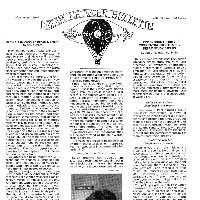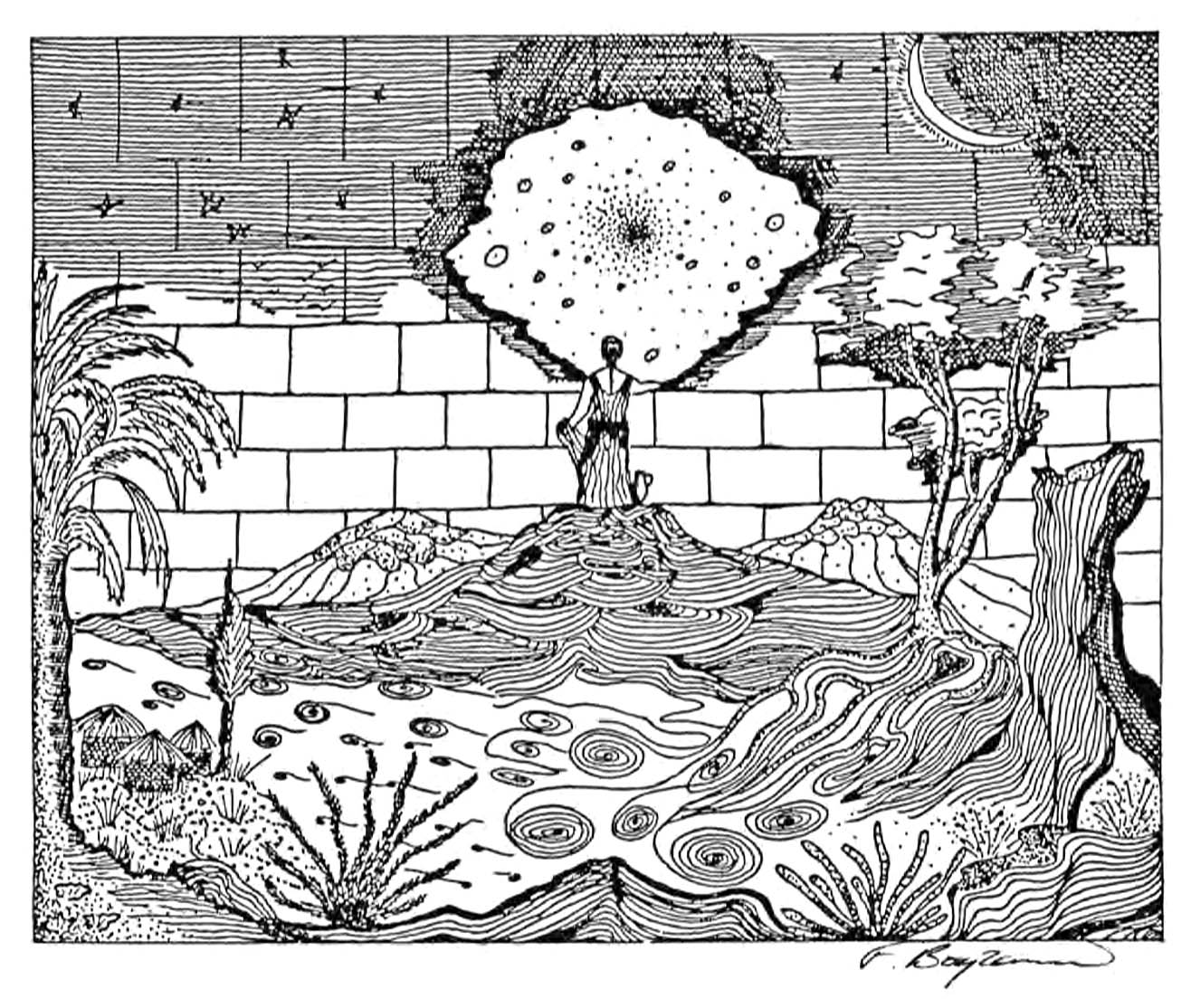Paul Tholey is a German sports psychologist. At age 40 he was the national skateboarding champion. He also does trick skiing and unicycling, activities high on risk and balance. He claims to perfect his athletic ability in lucid dreams and he has trained an Olympic equestrian from South America using lucidity.
Tholey has been working with lucid dreams since 1969. With psychotherapist Norbert Sattler, Tholey has developed a program of psychotherapy within the lucid dream.
Sattler first screens his clients for psychopathology using psychometric tests. Then he introduces them to the concept of lucidity and the idea of working therapeutically within the lucid dream. About one/third take him up on the idea. He then trains those clients in lucidity, using some ten variations, including induction devices, which Tholey has developed over the years.
Tholey uses a very stringent definition of lucidity: dreamers know they are dreaming, have full awareness of where they are and of the waking state, are in possession of all of their senses and in full control of what is going on within the dream.
It is Tholey's contention that the best psychotherapeutic technique is working with dream characters. He follows the Gestalt Theory that personality exists in a field, and aspects of the personality are the characters in the dream. Dialoguing with them permits resolution and integration of the personality. A question begins the dialogue. Tholey suggests the best wording is "Who Am I?".
Tholey is especially enamored of confrontive characters, preferably hostile ones, to enable conflict resolution. He suggests if the dreamer doesn't have one, to get one. He argues strongly that the dream has a builtin safety mechanism and is convinced that dreamers will only encounter that which they are prepared to encounter. He claims that lucidity provides quick resolution of inner conflicts.
He also argues that lucidity is preferable to the therapist's relationship because it is the dreamers' own self-contained field, their own dynamic, which is involved. The therapist is there to teach lucid dream techniques and to answer questions that come up in the process. In order to use the lucid state as an athletic training ground, he suggests the following 3 steps:
Model Building - Find a person to emulate, then take that model into the dream. Follow the dream character around (like a skier down a mountain) to discover the subtleties of movement and copy them.
Practice - Perfect those movements without danger of injury.
Expansion of Self - Stretch the peripheral senses (In skiing, expand the self to the tip of the ski and experience from there). Tholey believes this last point is the key to excellence.






